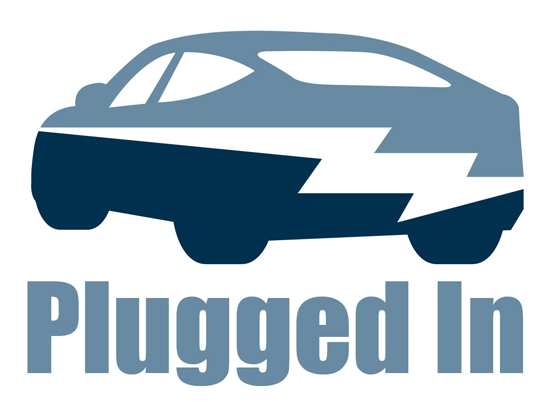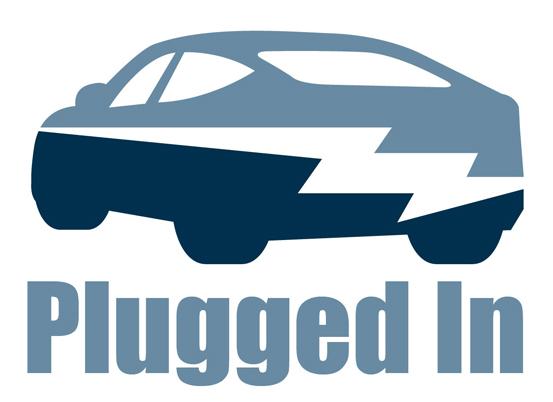DC Fast Charging Needed, says EV Survey
 Wednesday, November 20, 2013 at 3:32PM
Wednesday, November 20, 2013 at 3:32PM  Grant Gerke
Grant Gerke A recent study from PlugInsights (www.pluginsights.com), titled, 2013 U.S. PEV Charging Study, says that battery electric vehicle (BEV) owners want more DC fast charging, sooner rather than later. PlugInsights is part of the Recargo family that owns the free PlugShare App for EV drivers and EV media site, Plugincars.com.
The charging infrastructure formula-to-success is complex and some conclusions, from the nearly 4,000 surveyed responses, desire long-distance travel with plug-ins cars versus purely a commuter or around-town vehicle. The survey offers three car categories in the survey: Plug-In Hybrid Electric Vehicle (PHEV-Ford Fusion), long range Battery Electric Vehicle (BEV-Tesla Model S) or a mid-range BEV (Nissan Leaf).
The story slant via plugincars.com (the survey is behind a paywall) is that the EV market is doomed to be just a commuter car without adequate quick-charging (QC) infrastructure (even though repeated Quick Charging is not good for battery pack). It makes sense that drivers of mid-range BEVs (the Leaf) want to travel around the great Los Angeles area and be able to get a Quick Charge in 15-20 minutes and have plenty of miles.
Elon Musk might have participated in this survey, he directed Tesla Motors not to wait for DC standards and built a supercharging network when Tesla stock started to surge.
The survey also says that users preferred to be charged by the kW/h and at a markup of 3x—the generally accepted price markup—the price for 30-35 minutes would be around $6.75 - 7.00. However, DC charging stations are a big investment for owners and need an ROI in two to three years, on average.
With that in mind, a flat fee would probably be the way to go and be charged a “premium," not by the KW/h.
Public charging is an unknown and the workplace charging strategy, advocated by the DoE and many other municipalities, seems to be conservative solution in terms of getting charging infrastructure right. There, a car will be parked for at least four to eight hours and level two charging station (or evey 120 V outlet).
 Click image to enlarge. A chart showing plug-in sales for 2013, with a growing share of plug-in hybrids making a surge. (Source: EDTA)Buy-in from businesses is needed, but it makes a lot sense for a company to be on the leading-edge of a new technology.
Click image to enlarge. A chart showing plug-in sales for 2013, with a growing share of plug-in hybrids making a surge. (Source: EDTA)Buy-in from businesses is needed, but it makes a lot sense for a company to be on the leading-edge of a new technology.
As car consumers start to examine alternative drivetrains, a regular ICE car still exists in the garage and can be the road trip car or SUV. Or, have a PHEV or EREV car. For example, 2013 monthly Plug-In Vehicle Sales shows that plug-in hybrids are becoming a larger part of sales.


Reader Comments